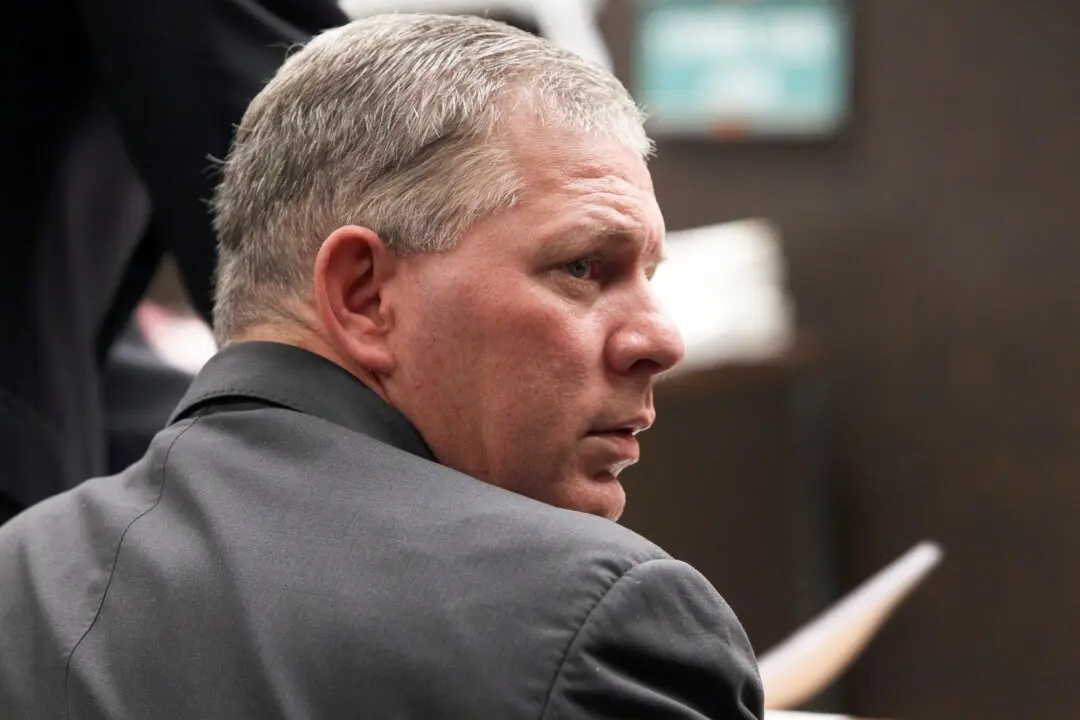NEW YORK—Federal Reserve Bank of New York President John Williams said on Monday that financial system troubles that drove the central bank to provide large amounts of credit to banks is not collateral damage from the Fed’s aggressive effort to lower inflation.
“I personally don’t think the pace of rate increases was behind the issues at the two banks back in March,” Williams said at an event held at New York University.





